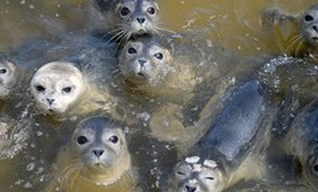
Adriane Lochner
Wonsees
-
Noch keine BeiträgeHier wird noch geschrieben ... bitte schaue bald nochmal vorbei

Adriane Lochner
-
biologie
-
jagd
-
natur
-
naturschutz
-
tiere
-
umwelt
-
wald
-
wissenschaft
-
klimawandel
-
hunde
-
umweltbildung
-
landschaftspflege
-
schneeleopard
-
kirigsistan
-
hundehaltung
Weitere Profile
adriane-lochner.de , globestories.com , riffreporter.de
Fehler!
Leider konnte der Artikel nicht gefunden werden.
We can't find the internet
Attempting to reconnect
Something went wrong!
Hang in there while we get back on track









